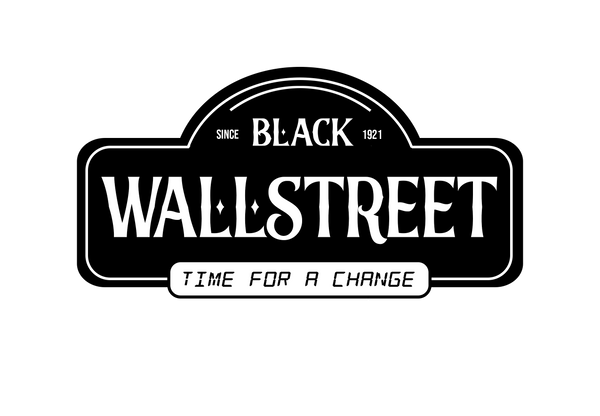
"Twice Erased: The Lasting Impact of Greenwood’s ‘Second Destruction’ on Black Tulsa"
The murder of George Floyd sparked worldwide protests and demands to eradicate systemic racism five years ago. Following extensive commitments from both government and business leaders in America, people anticipated meaningful improvements would soon appear. But the numbers paint a harsher reality: The racial wealth disparity in America continues to expand rather than shrink over time.
The median wealth of Black families stands at $44,900 according to the Federal Reserve’s 2022 Survey of Consumer Finances while typical white families have $285,000 in wealth. The sixfold wealth gap between Black and white American families expanded by $50,000 from 2019 to 2022 even though the nation faced a racial reckoning.
A Legacy of Dispossession

This gap didn’t appear overnight. Generations of structural barriers have blocked Black Americans from building wealth that could be transferred to future generations. Black communities have endured systematic deprivation of opportunity and stability through historical practices from slavery and Jim Crow to redlining and unfair GI Bill policies.
The history of structural discrimination against Black Americans stands out most clearly in Tulsa, Oklahoma.
During the early 1900s Black Wall Street was a name given to the flourishing business district of Greenwood in Tulsa. The prosperity of the neighborhood ended violently on May 31 and June 1, 1921 when local authorities supported a white mob that destroyed everything through looting and arson. Up to 300 Black residents lost their lives during the massacre. The losses sustained from property damage remained uncompensated because insurers rejected all claims while authorities misleadingly classified the attack as a “riot” which deflected responsibility from the actual perpetrators.
Vernon AME Church remained standing and its basement served as a refuge during the massacre. The structure remains active as a representation of defiance in a region that has suffered extensive neglect for multiple decades.
Rebuilding and the Second Destruction
Despite the trauma, Greenwood rebuilt. The community achieved renewed progress by the 1940s. The community saw the return of stores, homes, juke joints, and a resilient spirit. Business-running families such as the Boulwares became vital community anchors through their successful enterprises. The Black townships of Oklahoma achieved remarkable self-determination thanks to their land ownership and oil riches.
Uninterrupted prosperity did not continue to thrive.
The construction of Interstate 244 in the 1950s destroyed Greenwood by demolishing homes and businesses. The construction of the highway cut off the Black business district from its residential surroundings creating a ‘second destruction’ through demolition and the use of eminent domain instead of fire. Greenwood transformed into an area dominated by parking lots and overpasses following the same destructive pattern seen in Miami, Nashville, and Chicago where transport routes served as instruments of racial division and economic destruction.
From Greenwood to George Floyd
Fast forward to 2020. George Floyd's death generated promises for racial equality while prompting corporate donations and federal program launches. The 2021 Infrastructure Bill included a provision that set aside $2.5 billion for restoring communities damaged by biased development practices. The $1.6 million planning grant awarded to Tulsa is just an initial step which remains insignificant when evaluated against the magnitude of damage experienced.
Vanessa Hall-Harper, a Tulsa city councilwoman representing North Tulsa — where many Greenwood families resettled — said: The changes in political currents threaten even the limited federal investments that have been made. The GOP aligned with Trump has set its sights on removing funding for infrastructure that prioritizes equity.
What Was Lost — and What Remains
Statistics and policy details do not capture the true essence of this narrative. Ruth Boulware Harrison who attends Vernon AME Church at 80 years old carries the history of her family's loss of homes and businesses across generations. The territory which supported Black achievement was unjustly taken away two times. It’s in the questions that remain unanswered:
“Where is the heritage? What did we get from it?”
The existing racial wealth gap has not emerged by chance. Economic disparities we witness today stem directly from historical injustices that persist through their financial impacts. The conversation about reparations and racial justice keeps increasing in volume but the transfer of resources needed for real change remains elusive.
Greenwood stands as both a cautionary tale and an example to follow. This example demonstrates that Black wealth has the potential to thrive when it receives proper support. The absence of repair and protection means Greenwood will face destruction again through fire as well as policy failures and political neglect.
Let us remember: Rebuilding is not enough without justice. The concept of justice becomes genuine only when society achieves wealth parity.




